NASA Astronomy Picture of the Day 4 May 2023: Supermassive Black Hole in Messier 87 Galaxy
Today’s NASA Astronomy Picture of the Day is a snapshot of the supermassive black hole at the center of Messier 87.
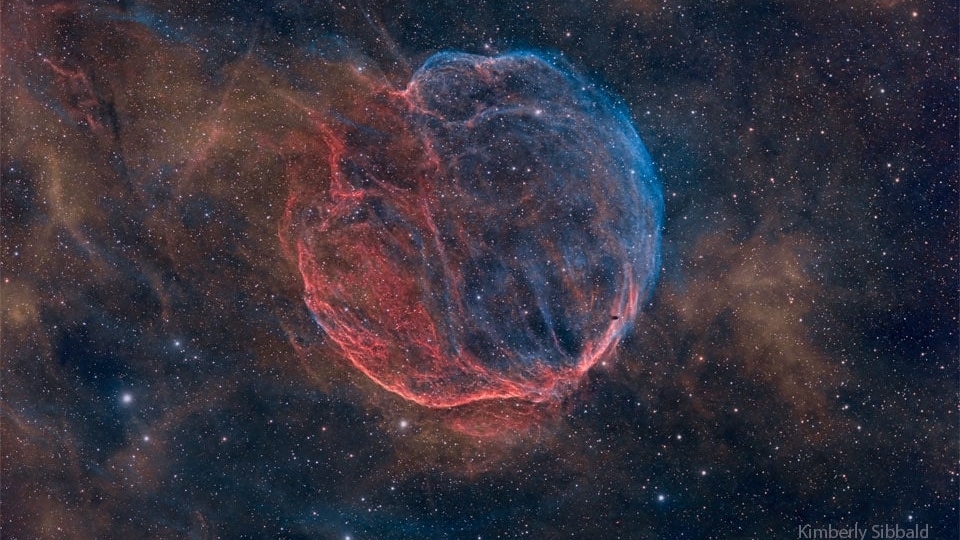
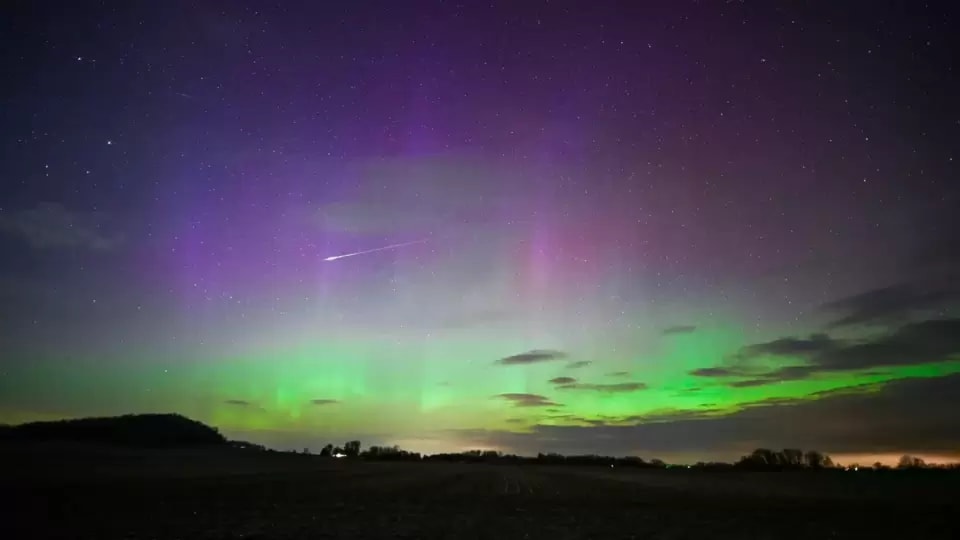
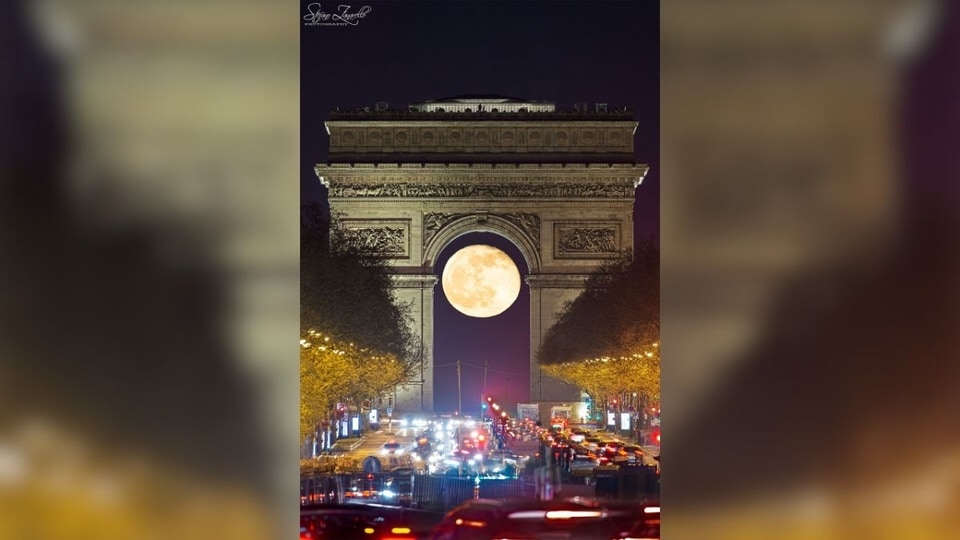
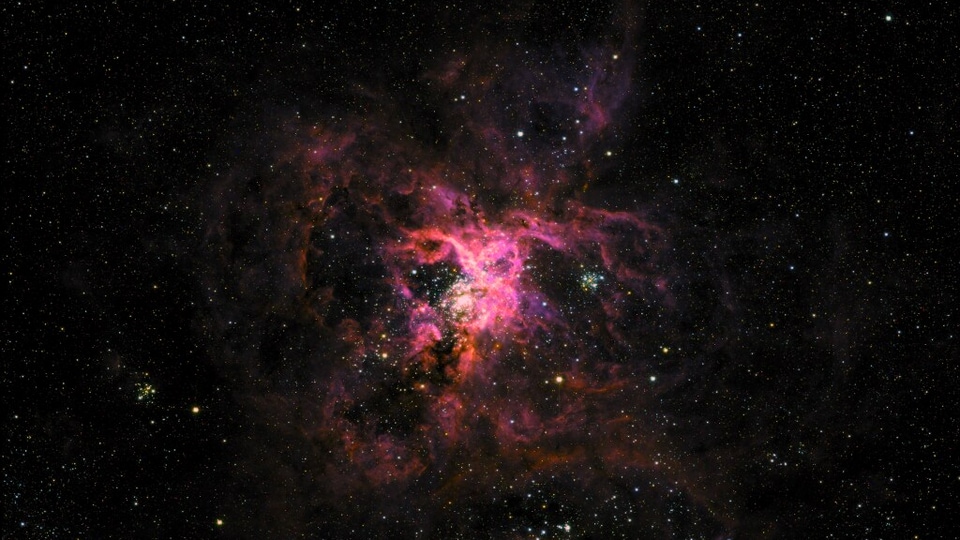
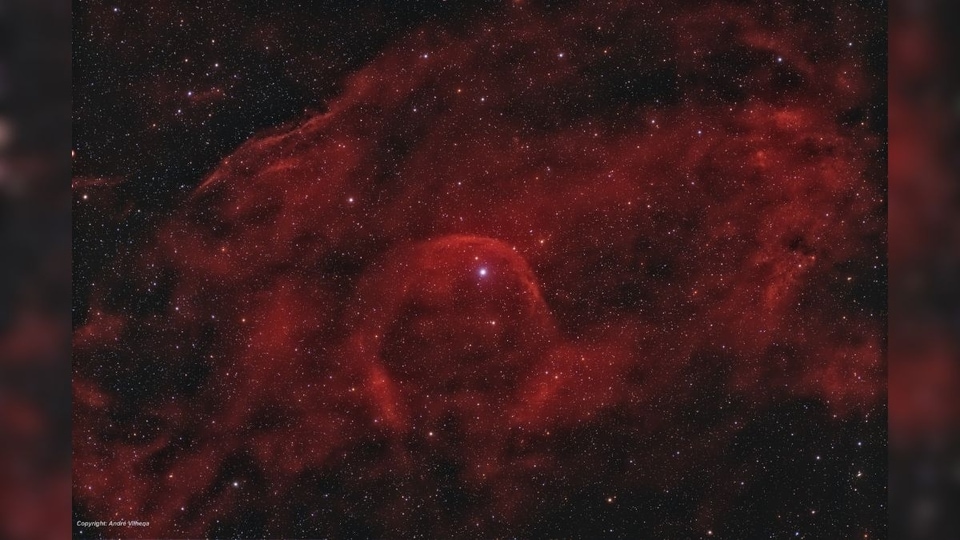
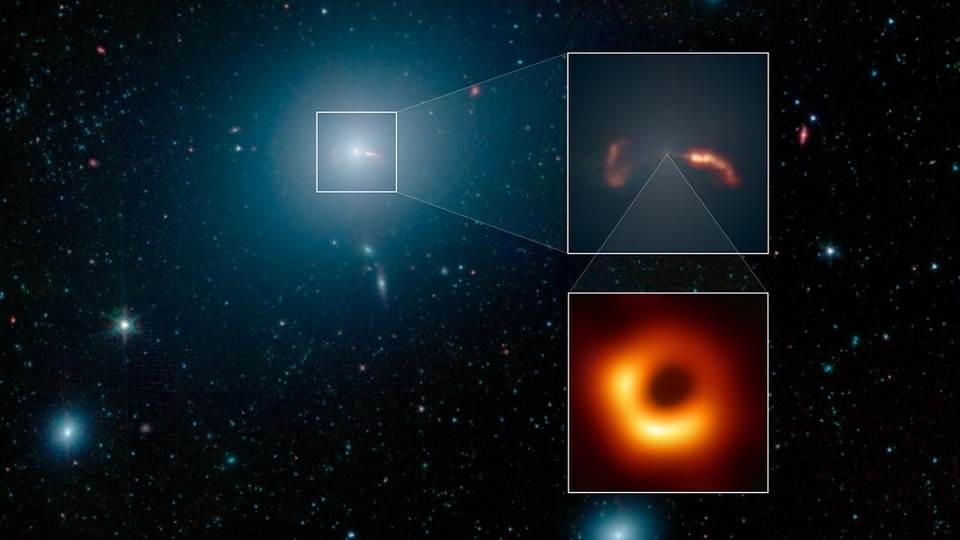
 View all Images
View all ImagesThe Event Horizon Telescope, which included a collaboration of 8 telescopes around the world in 2017, captured the first ever image of a supermassive black hole at the center of a galaxy known as Messier 87. The supermassive black hole is engulfing huge amounts of gas, and that material forms what scientists call an accretion disk. The gas in the disk can heat up to millions of degrees Fahrenheit due to the gas being so dense.
Today's NASA Astronomy Picture of the Day is a snapshot of the supermassive black hole at the center of Messier 87. Messier 87 is a supergiant elliptical galaxy located about 55 million light-years away towards the constellation of Virgo. Alongside the black hole, relativistic jet blasting from the galaxy's central region can be observed. This is due to ionized matter within the jet moving at the speed of light. According to NASA, there are also powerful magnets entwined within the disk which collect all the material engulfed by the black hole and funnel it away in the form of a jet. If it is looked at at an angle, it is called a Quasar, but if looked at in a top-down way, it is called a Blazar.
The picture was captured by the Event Horizon Telescope which is operated by NASA and JPL-Caltech.
NASA's description of the picture
Bright elliptical galaxy Messier 87 (M87) is home to the supermassive black hole captured in 2017 by planet Earth's Event Horizon Telescope in the first ever image of a black hole. Giant of the Virgo galaxy cluster about 55 million light-years away, M87 is the large galaxy rendered in blue hues in this infrared image from the Spitzer Space telescope. Though M87 appears mostly featureless and cloud-like, the Spitzer image does record details of relativistic jets blasting from the galaxy's central region.
Shown in the inset at top right, the jets themselves span thousands of light-years. The brighter jet seen on the right is approaching and close to our line of sight. Opposite, the shock created by the otherwise unseen receding jet lights up a fainter arc of material. Inset at bottom right, the historic black hole image is shown in context, at the center of giant galaxy and relativistic jets. Completely unresolved in the Spitzer image, the supermassive black hole surrounded by infalling material is the source of enormous energy driving the relativistic jets from the center of active galaxy M87. The Event Horizon Telescope image of M87 has now been enhanced to reveal a sharper view of the famous supermassive black hole.
Catch all the Latest Tech News, Mobile News, Laptop News, Gaming news, Wearables News , How To News, also keep up with us on Whatsapp channel,Twitter, Facebook, Google News, and Instagram. For our latest videos, subscribe to our YouTube channel.































